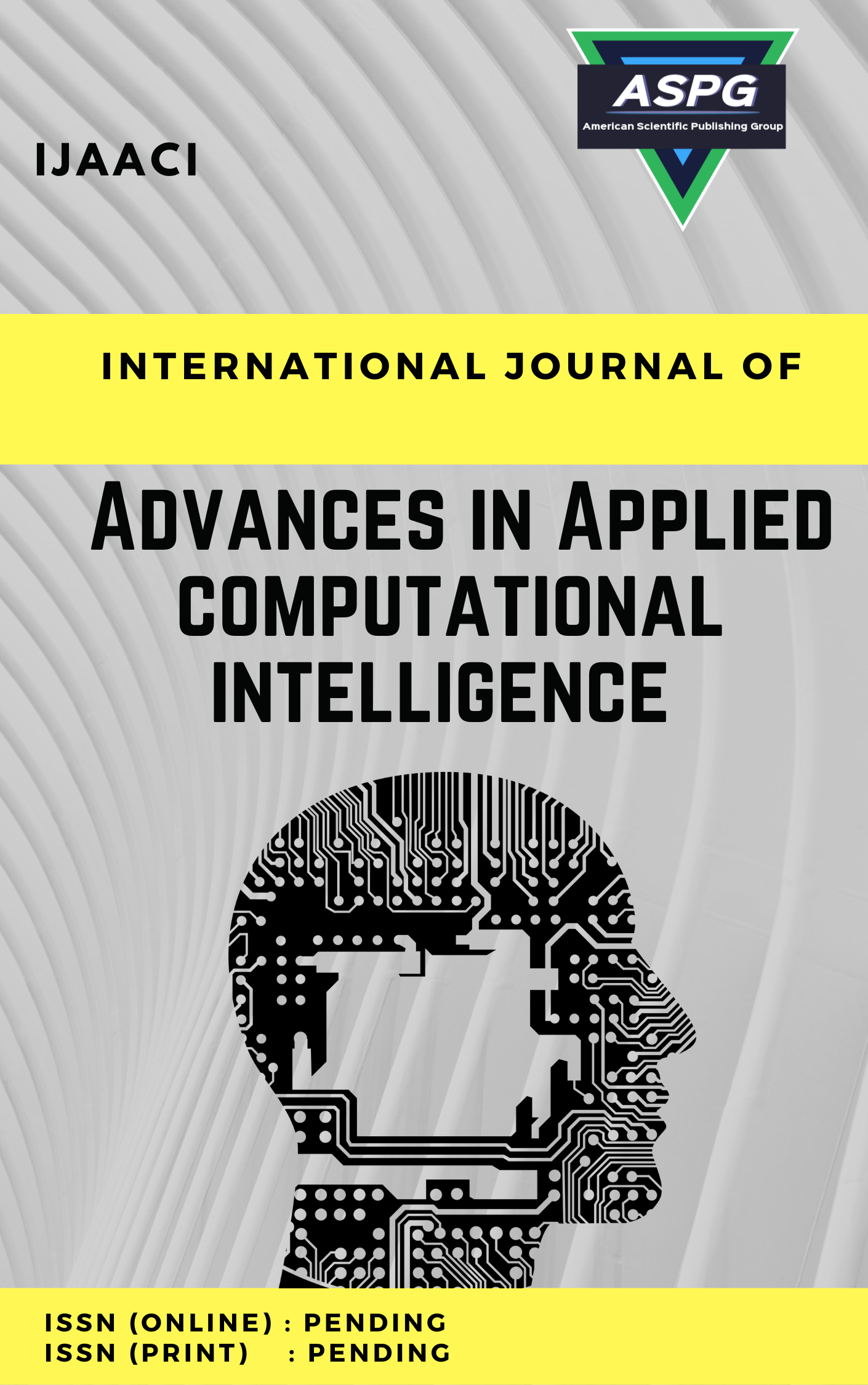

Volume 2 , Issue 1 , PP: 08-14, 2022 | Cite this article as | XML | Html | PDF | Full Length Article
Ahmed Sleem 1 * , Ibrahim Elhenawy 2
Doi: https://doi.org/10.54216/IJAACI.020101
With the rapid growth of social media and online news platforms, the spread of fake news has become a major problem, leading to misinformation and distrust. In this paper, we propose an attentive convolutional recurrent network (ACRN) for fake news detection, which combines convolutional learning and recurrent learning capabilities to capture both local and global temporal information. Additionally, we incorporate attention mechanisms to focus on important features and reduce noise. We evaluate our model on a publicly available dataset and compare it with state-of-the-art methods. The results show that our ACRN model outperforms the existing methods in terms of accuracy, precision, recall, and F1-score. We also perform an ablation study to demonstrate the effectiveness of our attention mechanisms. Our proposed ACRN model can applied as a reliable computation intelligence tool for detecting fake news and improving the accuracy of news verification.
Computation intelligence , Convolutional Recurrent Networks , Fake News detection , Applied Deep Learning.
[1] Singhania, Sneha, Nigel Fernandez, and Shrisha Rao. "3han: A deep neural network for fake news detection." Neural Information Processing: 24th International Conference, ICONIP 2017, Guangzhou, China, November 14-18, 2017, Proceedings, Part II 24. Springer International Publishing, 2017.
[2] Wang, William Yang. "" liar, liar pants on fire": A new benchmark dataset for fake news detection." arXiv preprint arXiv:1705.00648 (2017).
[3] Conroy, N. K., Rubin, V. L., & Chen, Y. (2015). Automatic deception detection: Methods for finding fake news. Proceedings of the association for information science and technology, 52(1), 1-4.
[4] Ruchansky, N., Seo, S., & Liu, Y. (2017, November). Csi: A hybrid deep model for fake news detection. In Proceedings of the 2017 ACM on Conference on Information and Knowledge Management (pp. 797-806).
[5] Pérez-Rosas, V., Kleinberg, B., Lefevre, A., & Mihalcea, R. (2017). Automatic detection of fake news. arXiv preprint arXiv:1708.07104.
[6] Zhou, X., & Zafarani, R. (2020). A survey of fake news: Fundamental theories, detection methods, and opportunities. ACM Computing Surveys (CSUR), 53(5), 1-40.
[7] Rubin, V. L., Conroy, N., Chen, Y., & Cornwell, S. (2016, June). Fake news or truth? using satirical cues to detect potentially misleading news. In Proceedings of the second workshop on computational approaches to deception detection (pp. 7-17).
[8] Zellers, R., Holtzman, A., Rashkin, H., Bisk, Y., Farhadi, A., Roesner, F., & Choi, Y. (2019). Defending against neural fake news. Advances in neural information processing systems, 32.
[9] Shu, K., Mahudeswaran, D., Wang, S., Lee, D., & Liu, H. (2020). Fakenewsnet: A data repository with news content, social context, and spatiotemporal information for studying fake news on social media. Big data, 8(3), 171-188.
[10] Tacchini, E., Ballarin, G., Della Vedova, M. L., Moret, S., & De Alfaro, L. (2017). Some like it hoax: Automated fake news detection in social networks. arXiv preprint arXiv:1704.07506.
[11] Vargo, C. J., Guo, L., & Amazeen, M. A. (2018). The agenda-setting power of fake news: A big data analysis of the online media landscape from 2014 to 2016. New media & society, 20(5), 2028-2049.
[12] Ireton, C., & Posetti, J. (2018). Journalism, fake news & disinformation: handbook for journalism education and training. Unesco Publishing.
[13] Gupta, A., Lamba, H., Kumaraguru, P., & Joshi, A. (2013, May). Faking sandy: characterizing and identifying fake images on twitter during hurricane sandy. In Proceedings of the 22nd international conference on World Wide Web (pp. 729-736).
[14] Spohr, D. (2017). Fake news and ideological polarization: Filter bubbles and selective exposure on social media. Business information review, 34(3), 150-160.